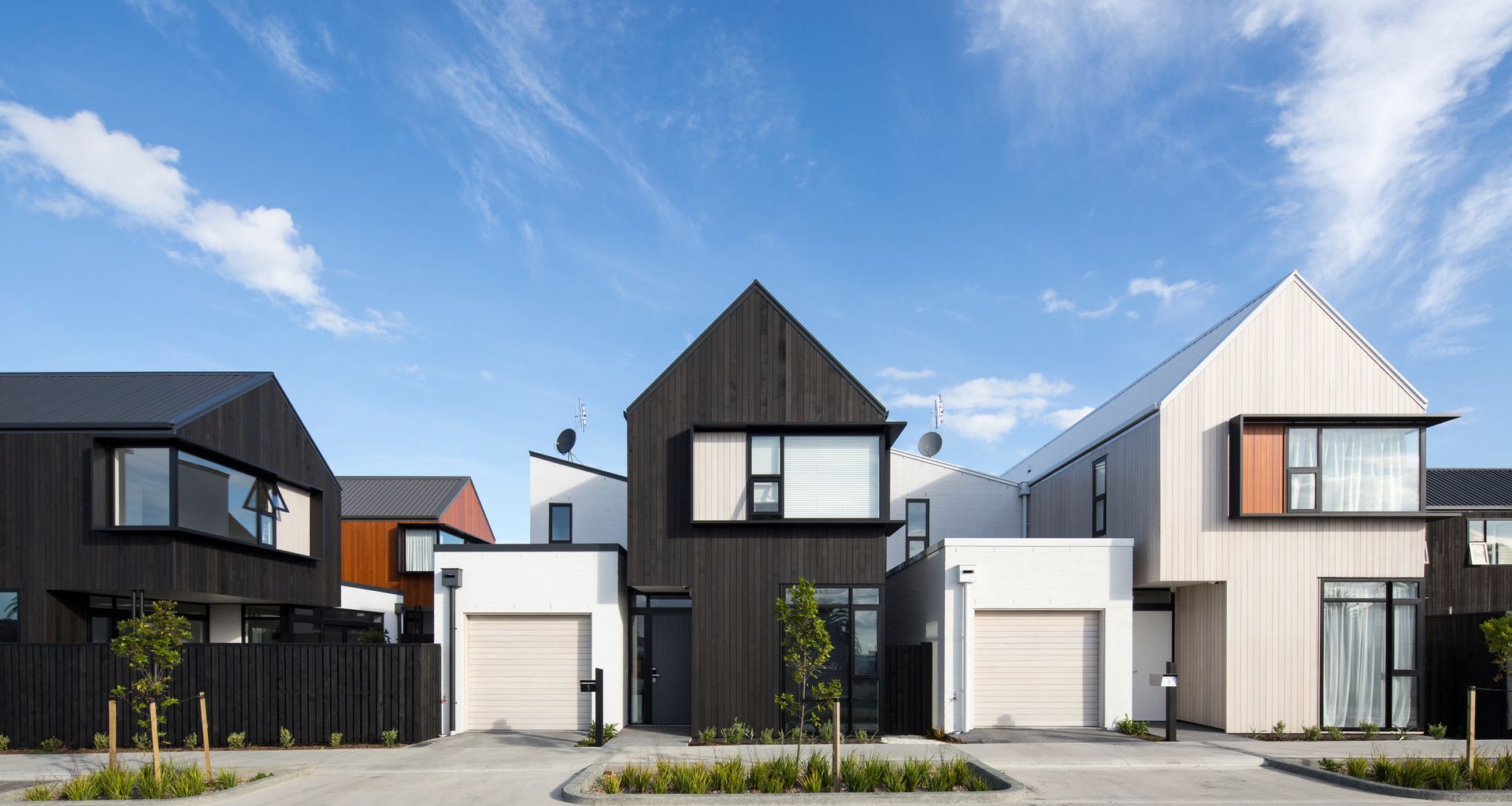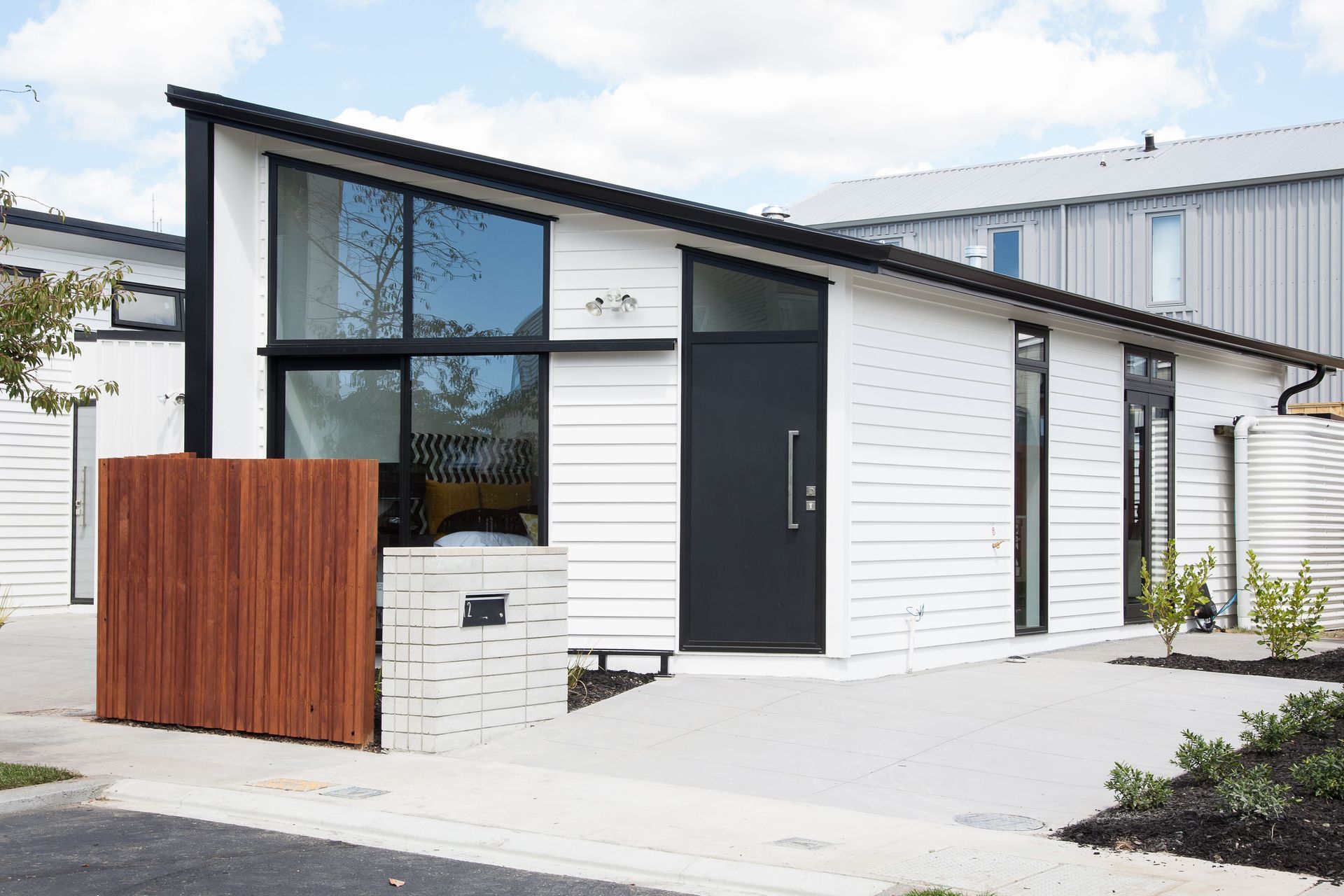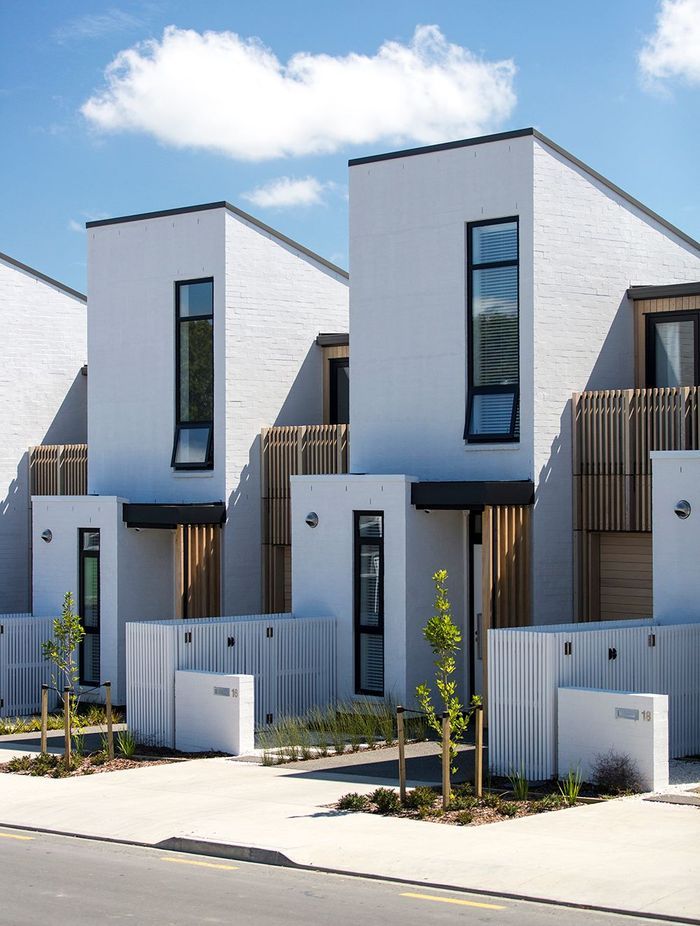The cost of cheap and fast...
Written by
13 August 2019
•
8 min read

With environmental concerns at an all-time high, what are the implications of building ‘cheap and fast’ and just meeting building code standards? We spoke with Jo Duggan at the New Zealand Green Building Council about what we need to do to improve the way we build – to be kinder to nature and our health and wellbeing.
If the adage that ‘good and cheap won’t be fast, fast and good won’t be cheap, and cheap and fast won’t be good’ is true, how do we balance these three elements to: improve the quality of our building stock, construct in a timely manner and look after the environment at the same time?
“Building cheap and fast is the worst form of littering we can possibly do,” states Jo. “You can pick up a piece of rubbish and put it in the bin but to fix our buildings: who’s going to do it, who’s paying for it and what is the cost to society? Our environment doesn’t exist anywhere else and we have to look after it. It’s not just about improving companies’ brand positionings, it’s the air our children are breathing, it’s the ground under our feet, it’s the foundation on which our businesses sit. And if we don’t tackle climate change, then it’s going to wipe away trillions from the world economy.”
Jo suggests that many people talk about the cost to business of tackling climate change but asks, “What is the cost of not tackling it? It’s astronomical. Buildings and infrastructure are the longest living parts of our society so it’s crucial that they’re part of the contribution to reducing climate change and pollution.”

Looking at the research, it is apparent that the construction industry has a huge part to play to tackle climate change and related health outcomes. Currently, the inadequacy of New Zealand’s building code means that low levels of insulation are required, there is no requirement to reduce thermal bridging, little provision for good ventilation, no requirement for efficient heating and no control over overheating.
“Everyone deserves to be living in a good-quality home that isn’t detrimental to their health,” says Jo. “Good quality homes and products will be around longer and you won’t need to spend so much having to replace or fix them later on. And, if more people spend a little extra in buying high-quality materials, the more the costs will come down – so premium products will become cheaper and more accessible for everyone.” Jo suggests that we also need to consider the implications on our health and wellbeing from building cheap. For example, double and triple glazing costs more but prevents condensation, which turns into mould and can be a health risk.
Even the International Energy Agency has stated that New Zealand falls way below many countries, including Europe, the UK and the US, in terms of building energy efficiency. And, BRANZ’s 5th House Condition Survey, found that mould was visible in 49 per cent of all houses in New Zealand. It seems no wonder that one in six Kiwis are affected by respiratory disease, which can be partly attributed to low indoor temperatures causing dampness and mould. To top it off, around 50 per cent of all waste produced in New Zealand comes from the construction and demolition of buildings.
“The good news is that there is legislation coming our way to help with reducing climate pollution,” says Jo. “The Zero Carbon Bill will be launched later this year and will take us to a net-zero commitment by 2050. There is also a report coming out which suggests that almost 50 per cent of carbon emissions come from embodied emissions, which relates to the construction and materials of buildings. Once we’ve designed a building, the carbon emissions are locked in – and what we’re building right now just isn’t good enough. Plus, the health impacts generated from poor quality buildings need to be properly quantified and added to the equation.”
This year, we have seen school children around the world marching in the streets, of their own volition, to peacefully protest and call for actions to be taken to counter Climate Change. In May, 2,300 school strikes took place in over 130 countries led by grassroots movements like Schools Strike 4 Climate and Extinction Rebellion. In New Zealand, tens of thousands of school students joined the protests to ask that the Government ‘act now to half biodiversity loss and reduce greenhouse gas emissions to net zero by 2025’.
“The world is changing swiftly and I think our old model is going to die in the next five to 10 years,” suggests Jo. “We’re going to see a swift change in society, a bit like what Facebook has done to the digital world and we’ll see that played out in society – with consumers having a very powerful voice.”
One example is Allbirds shoes whose founder has remarked that in order to survive, all businesses will need to be more sustainable in the future because the new generation will demand it. Allbirds uses materials that aren't typical in the footwear industry, such as eucalyptus fibre, wood and a by-product of sugar cane, and hopes to revolutionise the global footwear industry, which churns out an estimated 25 billion pairs of shoes a year. The company believes that it can’t solve the sustainability issue as an individual firm but as ‘a collective movement’ and has made its innovations open-source and available for the rest of the footwear industry to use.
Jo echoes this sentiment: “It’s not just about participating anymore, you actually have to be an advocate. People are changing where they spend their money. Consumers are not only going to choose those companies that are good but who are advocating for good as well, so it’s the next step up for business. Allbirds creates products that are not only beautiful and comfortable, but what it stands for is so important too – and people are prepared to pay a little bit more for something that’s good. For businesses now, it’s not good enough that you’re making money, it’s how you’re making money that’s important.”
“The world is looking to us to lead the way and our businesses have to step up and do it,” suggests Jo. “In Aotearoa, we underestimate the role that we play on the world stage. Some of our traditional international allies that are led by politicians who aren’t prepared to tackle climate change, makes people around the world look for hope and examples of countries who are doing the right things.”
“Because we are not an old country, we’re not bound to that; if you look at what’s happening with creative industries – music, art and we’re up there delivering some of the best residential architecture in the world – and that shows that, with the intellectual property, we might be able to deliver. When China and the US decide to change, they will change really quickly but if we deliver IP now, we’ll be in a fantastic position because we already have the ability to test new things.”
Jo’s top tips for building houses more sustainably...
1. Keep things simple, it doesn't have to be rocket science. Solutions are available now by designing the building well from the start, considering orientation to the sun and wind, cross ventilation and good insulation – these don't cost anything more.
2. Focus on specifying with care the key elements of the design – the parts you can’t easily change later down the line, such as the structure, roofing and insulation.
3. Ensure you have the right people working with you that share your vision, keep everyone accountable, and choose tradespeople who can show how they operate with the environment in mind and who choose products that are as sustainable as possible – and don't substitute what is specified.
4. Go over and above the building code requirements in terms of energy-efficiency and building performance as these are minimal in New Zealand by international standards. This isn't about upgrading, it's the minimum standard our families deserve.
5. Don’t scrimp on upfront cost but think about the longevity and performance of what you are building, and specify as high quality and low impact as you can afford.
6. Help real estate agents sell the invisible elements of a home more easily, such as passive house design and Homestar ratings. From the offset, consider that these costs may pay for themselves when you resell the property down the line by investing in third-party accreditation. Some mortgage providers are now offering preferential rates to anyone building to standards like Homestar as well.
Words by Justine Harvey.
Banner image: Studio Pacific Architecture and Willis Bond's award-winning terraced housing at Hobsonville Point, Auckland, is built with a 6 Homestar rating, which means the houses are energy and water efficient, well-insulated and all materials have no or low toxic emissions.

